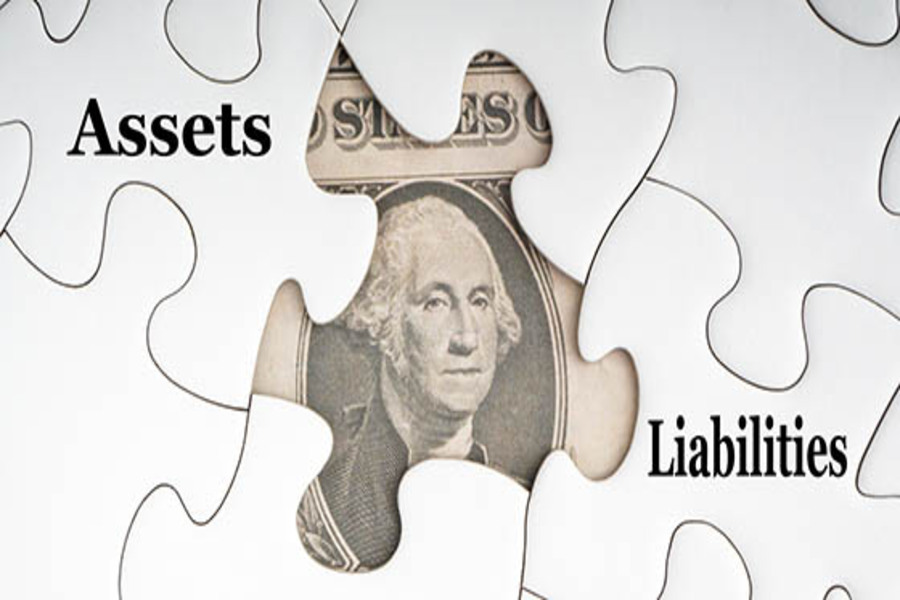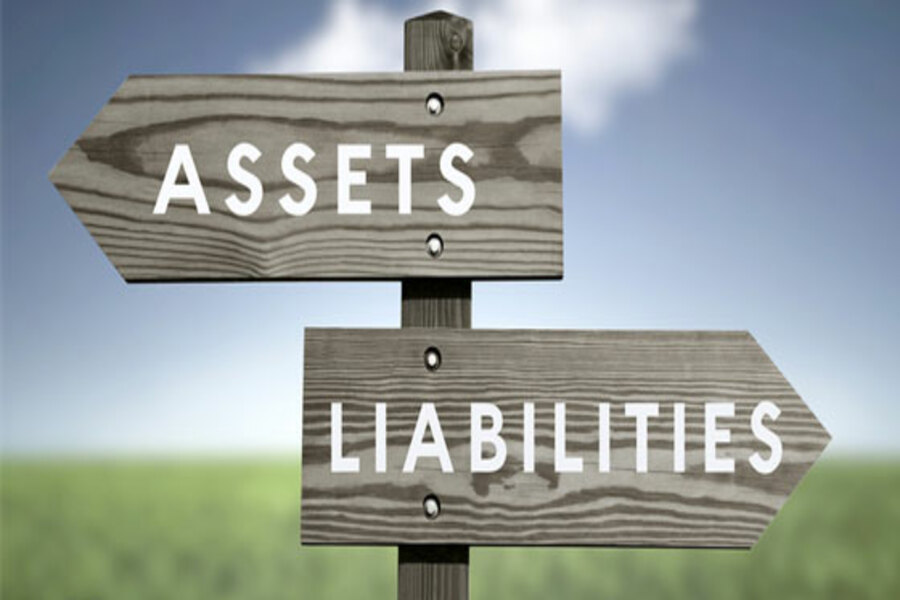There are three commonly accepted techniques for valuing a closely held business: the cost (or asset-based) approach, the market approach and the income approach. Valuation professionals routinely consider all three approaches before deciding which is most appropriate for the circumstances or choosing to use a blend of approaches. Some people mistakenly assume that the cost approach will always undervalue a business or business interest. While the preliminary value under this approach sometimes serves as a “floor” for a company’s value, that’s not always the case. Here’s a closer look at how the cost approach works and when it might be an appropriate valuation method. Understanding book value The cost approach starts with the company’s balance sheet. However, it’s important to recognize that the amounts reported on the balance...





